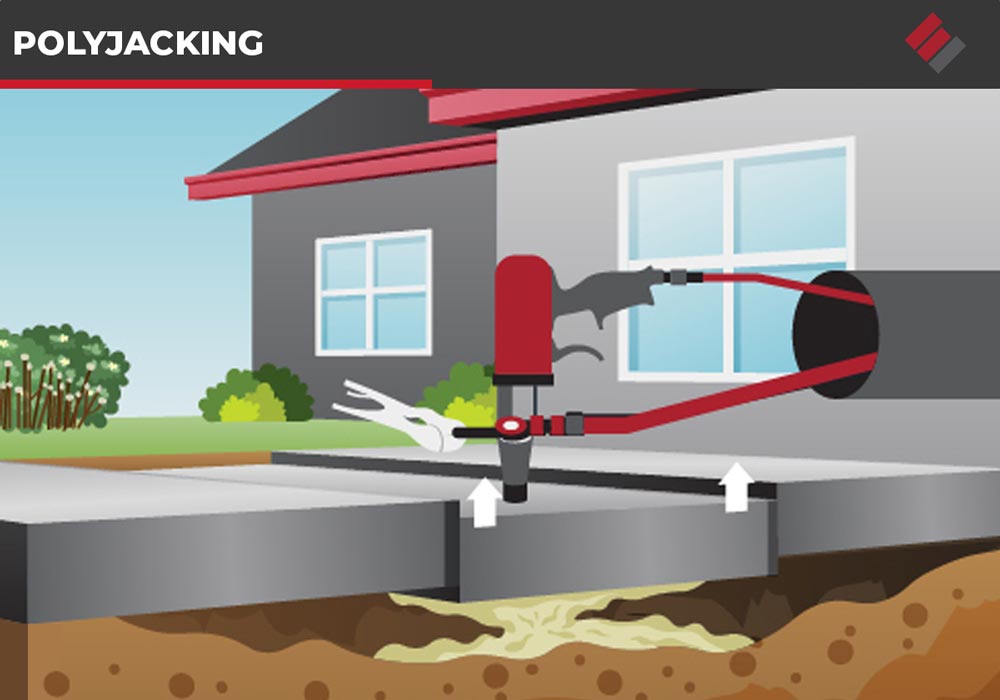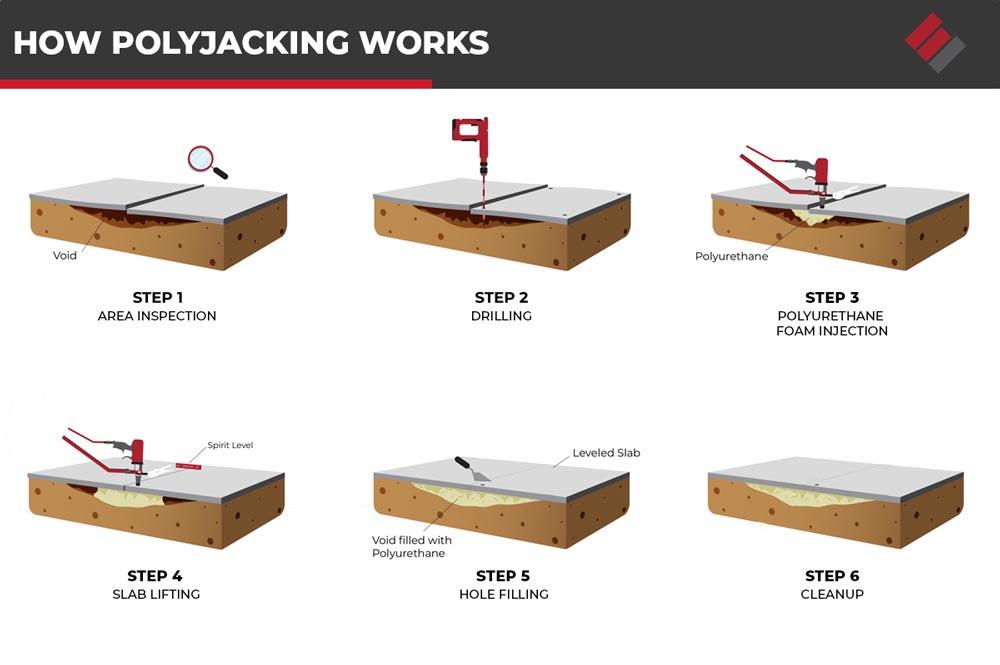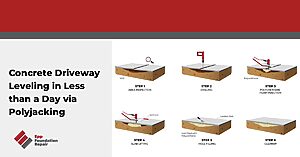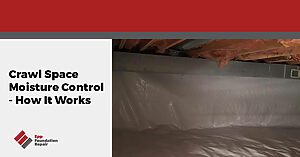Because our driveway is something we use every day, we often don’t notice when little problems start to occur. As those issues get larger, however, they can be significant and demand our attention.
One of the problems that can happen with the driveway is for it to sink. It may sink all at the same time, or it could do so at different rates, depending on the condition of the soil underneath it.
Then again, there are many reasons why a concrete driveway may become unlevel. These could include nearby tree roots that are affecting the concrete and the soil, expansive soil, and changes in the soil moisture levels.
Regardless of why it happens, it can create various issues when the concrete driveway becomes unlevel. These issues can range from something that merely looks bad to the neighbors to dangerous tripping hazards.
Understanding why a driveway may become unlevel can help us see the need to hire a professional to fix the issue. There may be some steps we can take as homeowners to address the problem, but it will likely require professional assistance to correct it permanently.
Concrete Driveway Leveling in Less than a Day via Polyjacking
Due to the constant use of the driveway and the wear and tear associated with it, problems may occur. Changes in the weather, problems with the soil, or even nearby trees can also affect the driveway.
Once your driveway begins sinking, it can create a wide variety of problems. Concrete doesn’t bend, so it can also crack and–eventually–disintegrate to the point that it can’t be repaired.
One option that is often considered for an unlevel driveway is breaking up the old concrete, removing it, and pouring new concrete–but doing so is time-consuming and expensive, and you might appreciate knowing there is a better way.
Rather than tearing out the old driveway, you can level the driveway using a process known as “polyjacking.” This is a relatively simple process done by a professional that leaves your driveway level and usable in a very short timeframe.

Small holes are drilled through the concrete and polyurethane foam is pumped under the slab. The foam can lift the slab back to its original position as it expands. It is permanent, environmentally friendly, and has little impact on the surrounding area.
After the slab has been raised to an acceptable level, the holes in the concrete are then filled. Since the holes are small, it is also very hard to see that any work was done in the first place.
In summary, if you want a cost-effective, permanent, environmentally friendly method of raising the concrete driveway, polyjacking is the way to go. The process takes only a few hours to finish, and you can be back to using your driveway just a few minutes after we’ve left.
What Does the Polyjacking Process Involve?
To help get you comfortable with the polyjacking method, it’s important to understand how it is done. Polyjacking is a simple process that is done frequently when concrete slabs sink and settle.

1. Area inspection: The slab and the surrounding area will be inspected thoroughly to determine why the slab settled in the first place. We will also look for any issues that would keep us from being able to use polyjacking to raise the slab.
2. Drilling: Small holes (approximately the size of a dime) will be drilled through the concrete so that we can access the area under the slab. At that point, ports will be inserted into the holes so that the polyurethane can be injected properly.
3. Polyurethane foam injection: Specialty equipment injects the polyurethane mixture through the holes into the area under the slab. After being injected, the foam begins expanding quickly and fills the void under the slab.
4. Slab lifting: As the foam expands, it will simultaneously compact the ground under the slab and lift the slab upward. A professional will take care of the task to ensure the proper amount of polyurethane is injected so that the slab lifts to the perfect height.
5. Hole filling: After the slab has been lifted to the appropriate level, the previously drilled holes will be filled. We will use material to match the original driveway as closely as possible. Please note, in some cases it will not be possible to match the color of existing concrete due to age, weathering, or if we are patching custom-colored concrete.
6. Cleanup: The final step is to clean up the area. Our goal is to leave the area as if you would never know we were even there in the first place.
Is Polyjacking Better than Replacing the Driveway?
Polyjacking is the best method for leveling a concrete slab that has settled. It is a process that is used frequently because of the benefits it provides.
The other option is to break up the old concrete driveway, remove it, and pour a new slab. This can be done, but is more expensive than polyjacking and will take a lot more time and effort.
There are occasions, however, when polyjacking cannot be used. This includes when the concrete has been damaged to the extent that it will not lift, such as where nearby roots have cracked it significantly or when the slab has started to disintegrate.
Polyjacking also cannot be used to repair damage to the driveway’s surface or lift low spots associated with a concrete pour.
Also, if someone offers to lift the slab via mudjacking, that is not a viable option. It is a temporary, time-consuming, messy, and costly fix. Polyjacking is the newest option, and provides many more benefits.
We depend on our driveway daily, expecting it to do its job. When problems occur, however, and the concrete settles, you can count on polyjacking to get your driveway back to where it needs to be. Contact us today for a free estimate.







